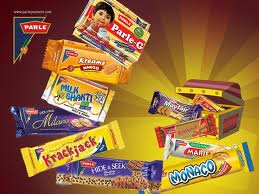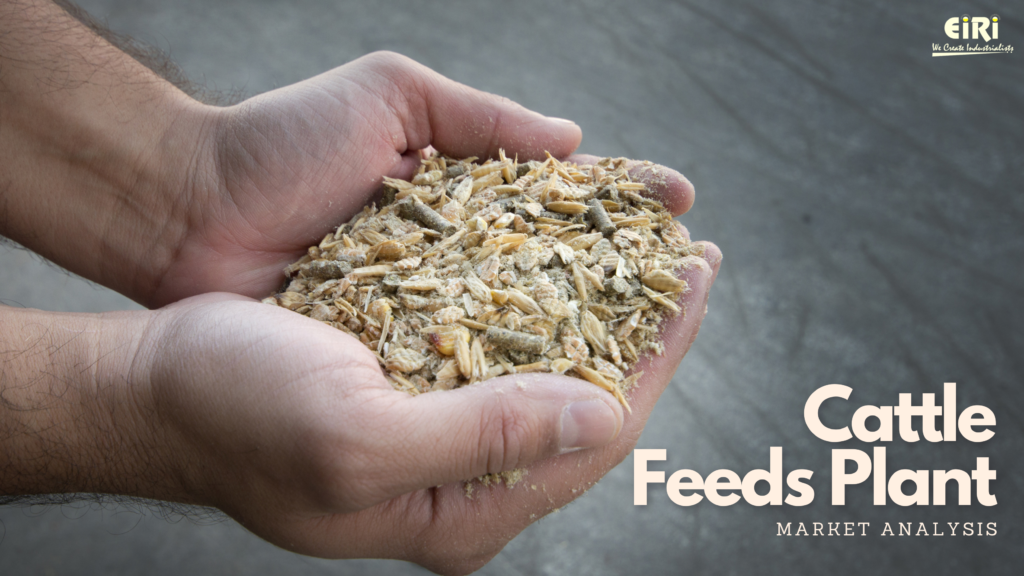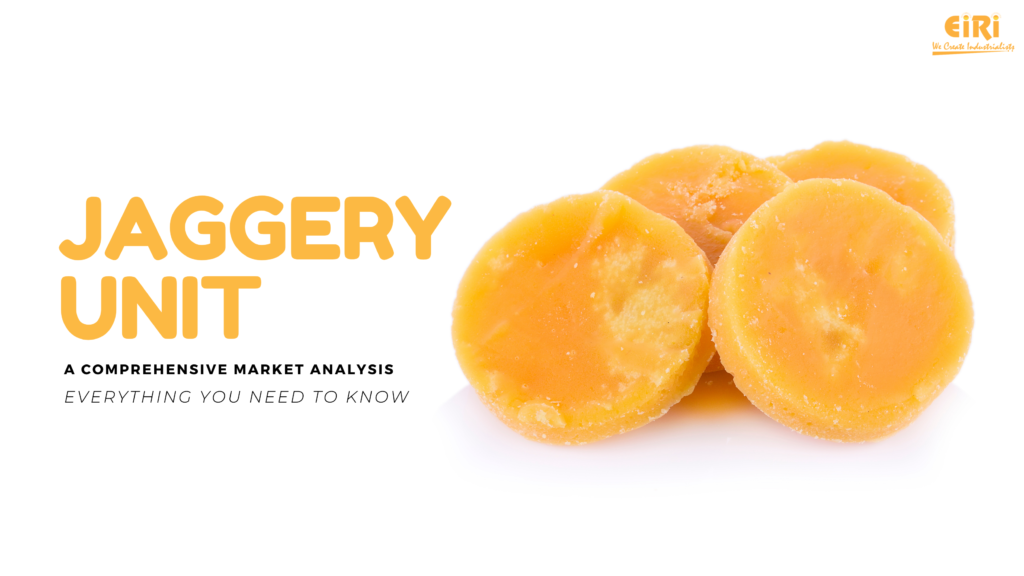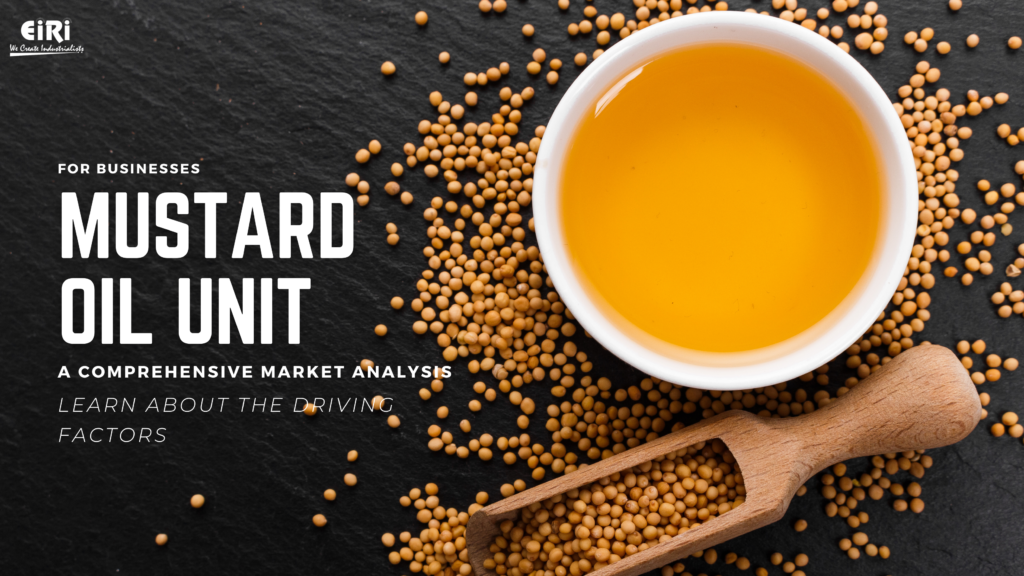Indian Confectionery Market
Indian confectionery market to rank 14 gobally by 2014
India grew at a compound annual growth rate (CAGR) of 10.5% during 2004–09, placing it among the fastest growing confectionery markets globally.
The Indian confectionery market is highly consolidated, stated the report, with the top five manufacturers accounting for a major share. International manufacturers are particularly dominant in the market, and also lead the way in terms of new product launches. “An analysis of the leading manufacturers in terms of growth suggests that companies like Cadbury (Kraft) and Nestlé, with a higher focus on chocolate products, are performing relatively better than other confectionery manufacturers,” said Marchanda.
As the Indian confectionery market continues to evolve, strong trends have come to the fore which will shape the future of the market and categories within it. Health consciousness is one trend that has certainly caught the attention of the manufacturers. As a result, cereal bars are currently the fastest growing category in the Indian confectionery market. Gifting chocolates during traditional Indian festivals like Diwali and occasions like Raksha Bandhan also continue to gain popularity. According to Marchanda, “such products have a longer shelf-life than traditionally available sweets, and are also accompanied by well-targeted marketing campaigns and product positioning. This is leading to a shift from gifting dried fruits and sweets to chocolates.”
However, there are several obstacles that will inhibit growth in the market. “Added strains on household budgets due to high food inflation in India will indirectly place pressure on the confectionery market, as discretionary spending on comfort food items diminishes,” said Marchanda.
Furthermore, the price of both sugar and cocoa beans (the main ingredients in chocolate) is on the rise, which is likely to exert pressure on the profit margins of manufacturers. “Higher sugar prices directly impact the input costs of low-value sugar confectionery products, which in India tend to have lower price elasticity,” said Marchanda.
Today, the Indian confectionery industry is one of the fastest growing in the world with an estimated growth of 18-20% per annum. In 2013, it reached 25% and the demand for “premium quality” chocolate contributed significantly to this growth as it increased by 35% in comparison to the previous year.
India’s chocolate industry expected to grow 16% by 2019
Since the 1990s, per capita consumption of chocolate has almost trebled, from 50g in 2005 to 120g in 2013, according to a new study by business intelligence company ValueNotes.
Increasing disposable incomes, a rising trend in gifting chocolates rather than traditional Indian sweets, and surging sales of dark chocolates are all providing a major boost to the industry.
India’s chocolate industry is valued at INR 58bn in FY2014, and is expected to grow at a CAGR of 16% to reach INR 122bn by 2019.
The industry is dominated by Cadbury India (now Mondelez) and Nestlé India, accounting for nearly 92% of the market share in FY2014. Mars International and Ferrero India are slowly gaining ground in the domestic market with their new product launches.
Milk chocolate is currently the most popular category in India, contributing to 75% of the total sales of chocolates. Dark chocolate, with only a 9% share of the market, is expected to be the fastest growing segment due to its health benefits and increasing awareness among Indian consumers. Furthermore, preferences of Indian consumers are slowly evolving and getting accustomed to the taste of dark chocolate. Companies such as Cadbury and Nestlé have successfully introduced their own dark chocolate brands, like Bournville and Nestlé Dark Chocolate.
“An increase in the purchasing power of consumers and exposure to global chocolate brands will drive the premium chocolate market,” said ValueNotes senior research analyst Tejaswee Shrestha. “Manufacturers are now keen to tap the rising affluent urban population and are introducing premium or higher-priced products in the market.”




